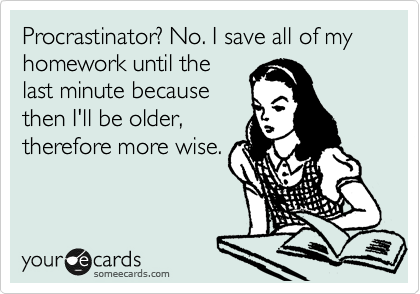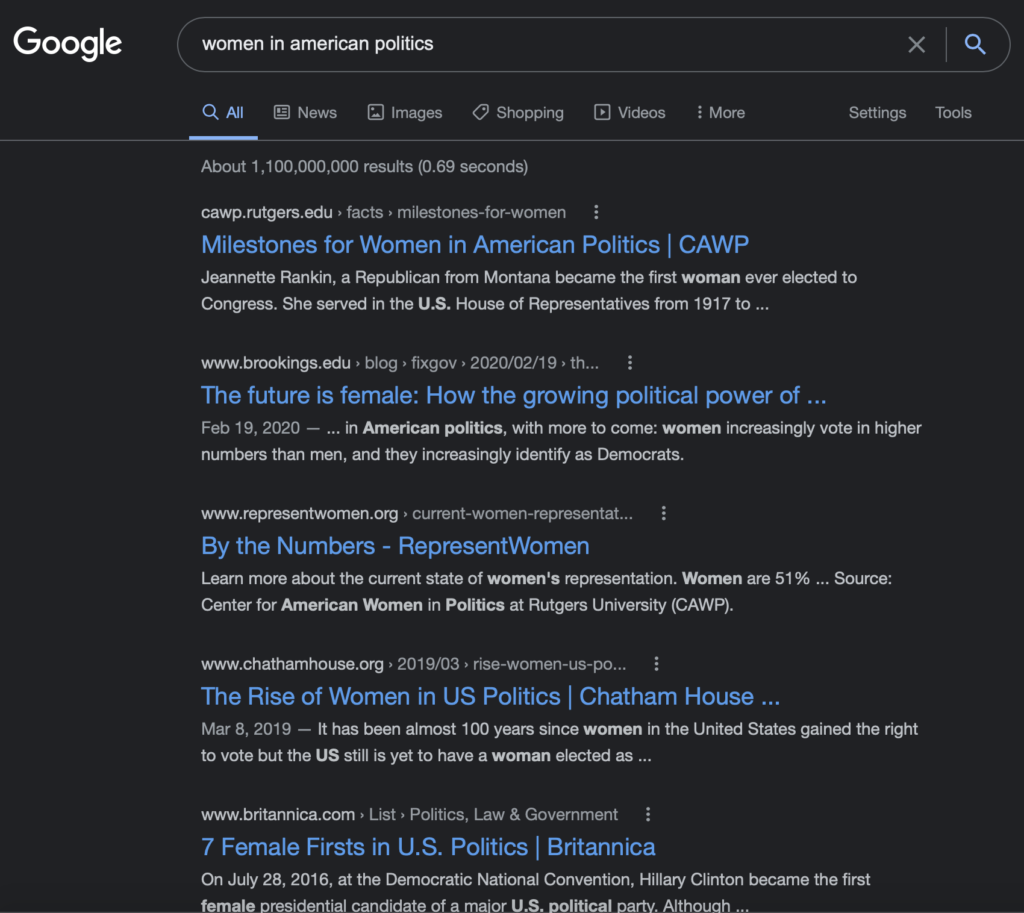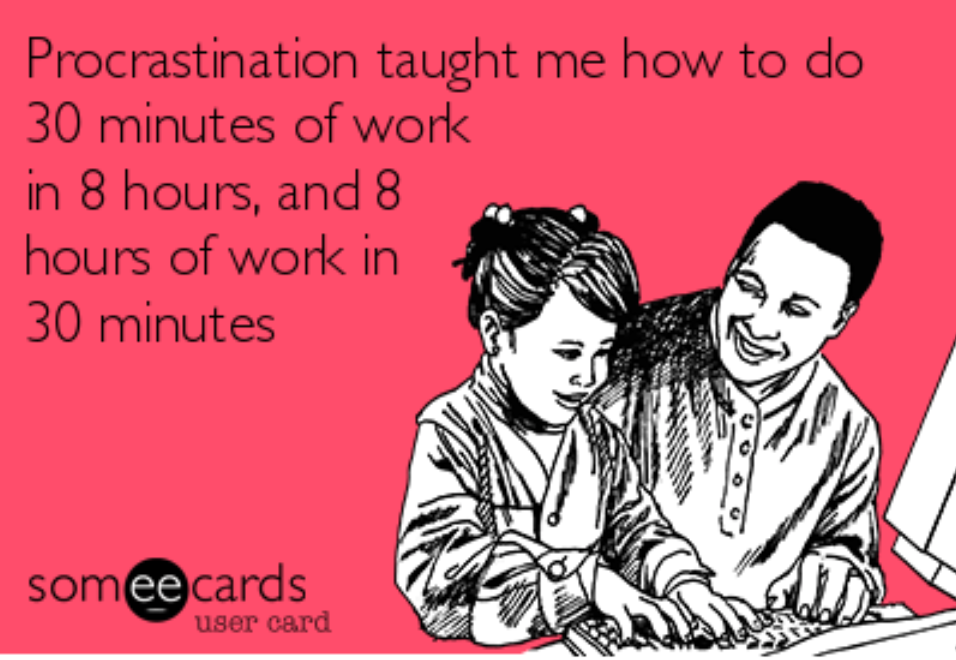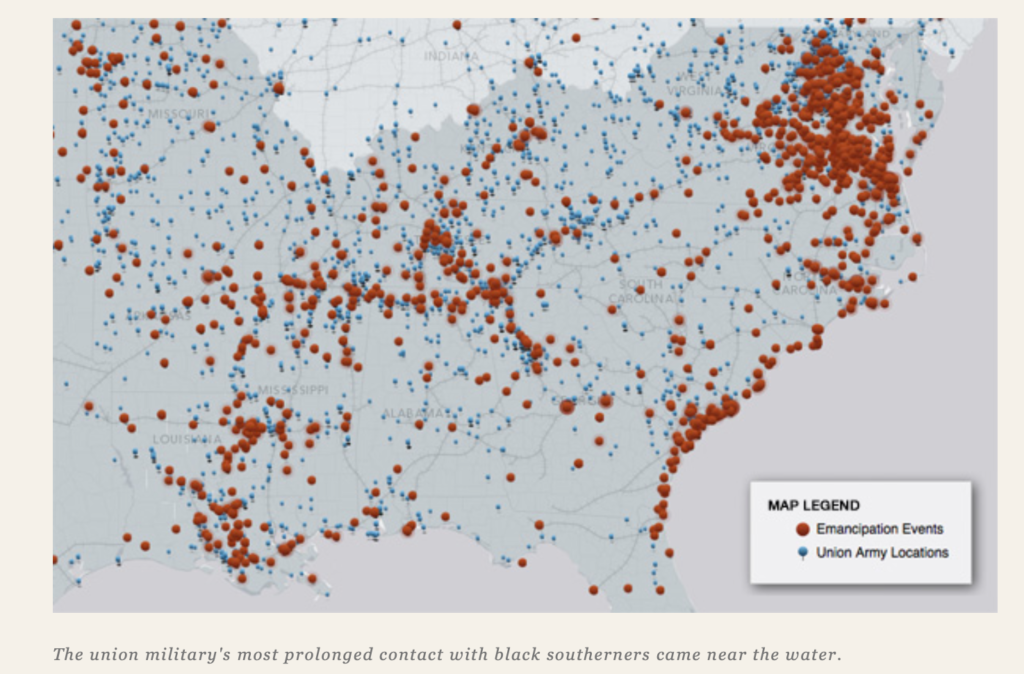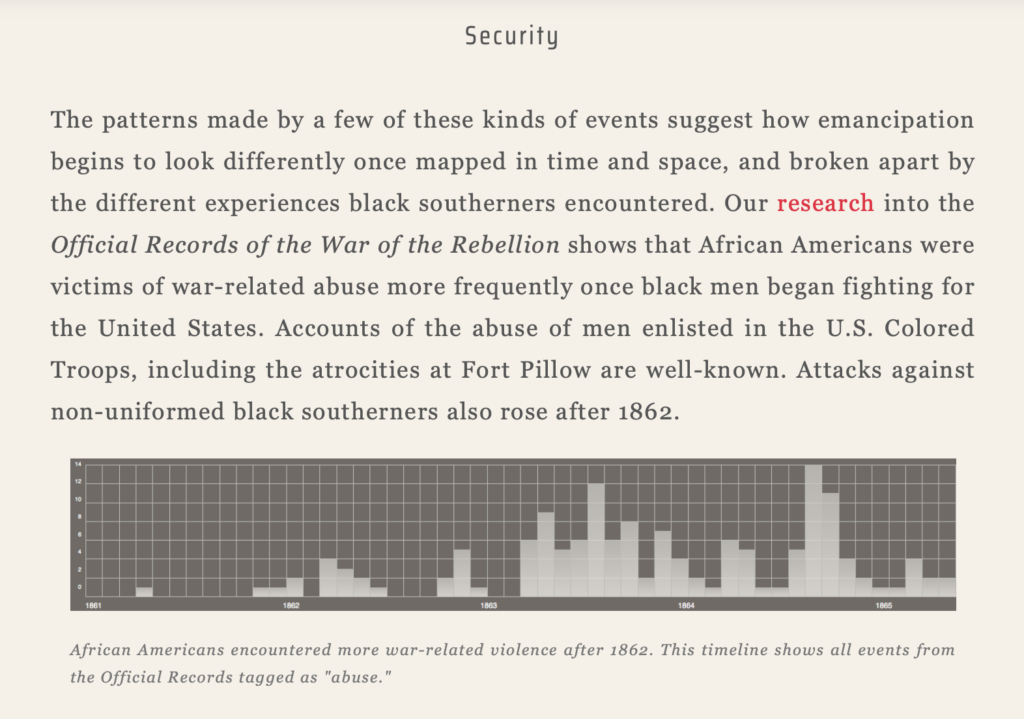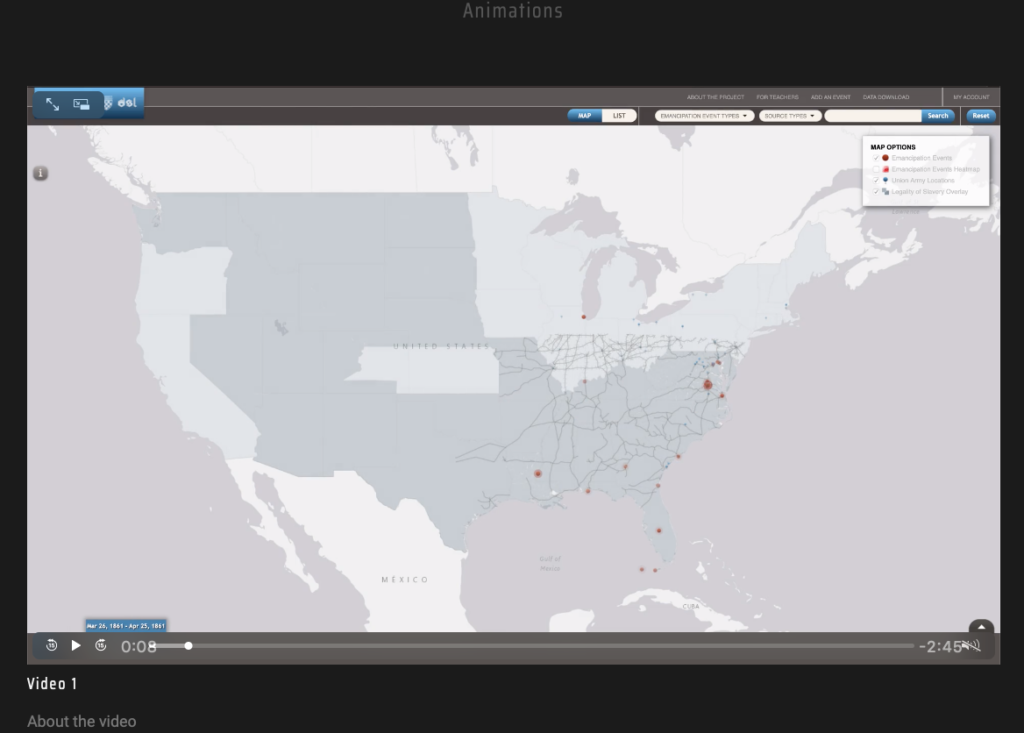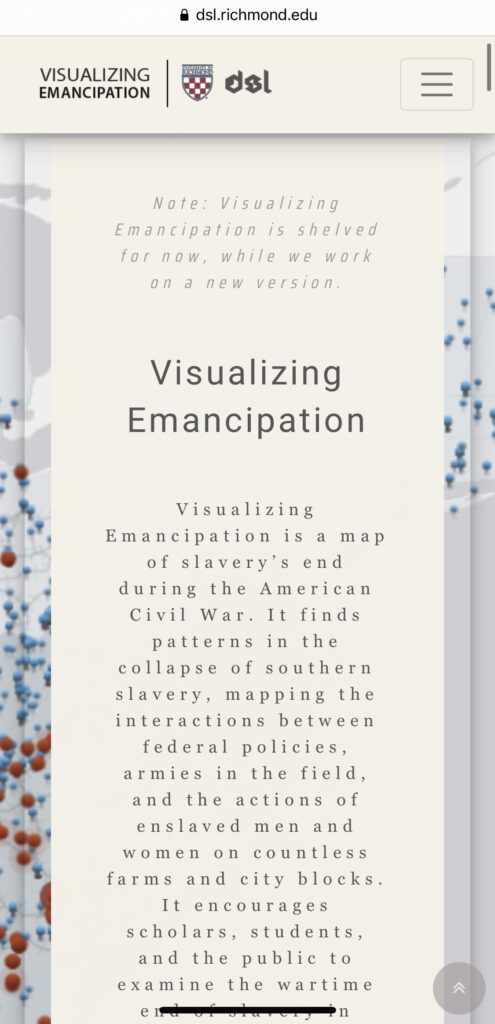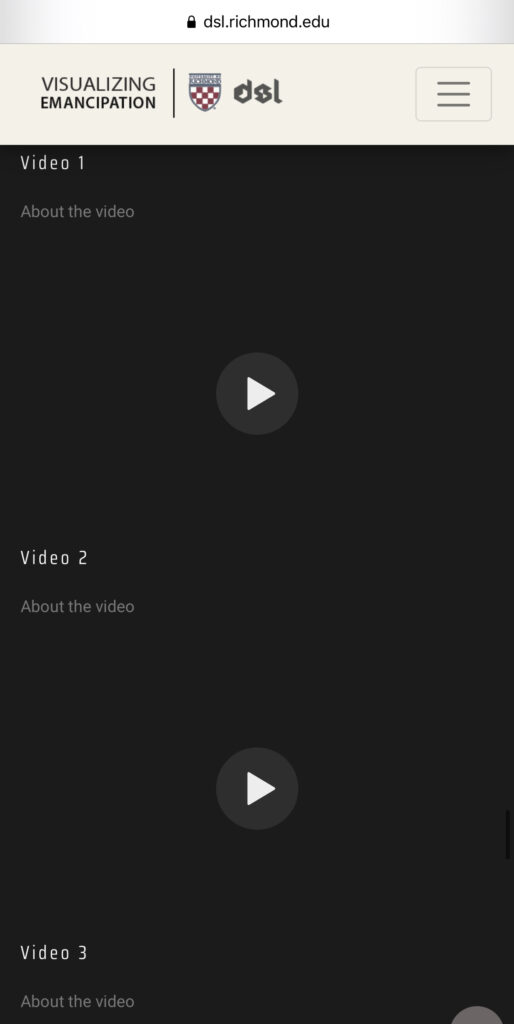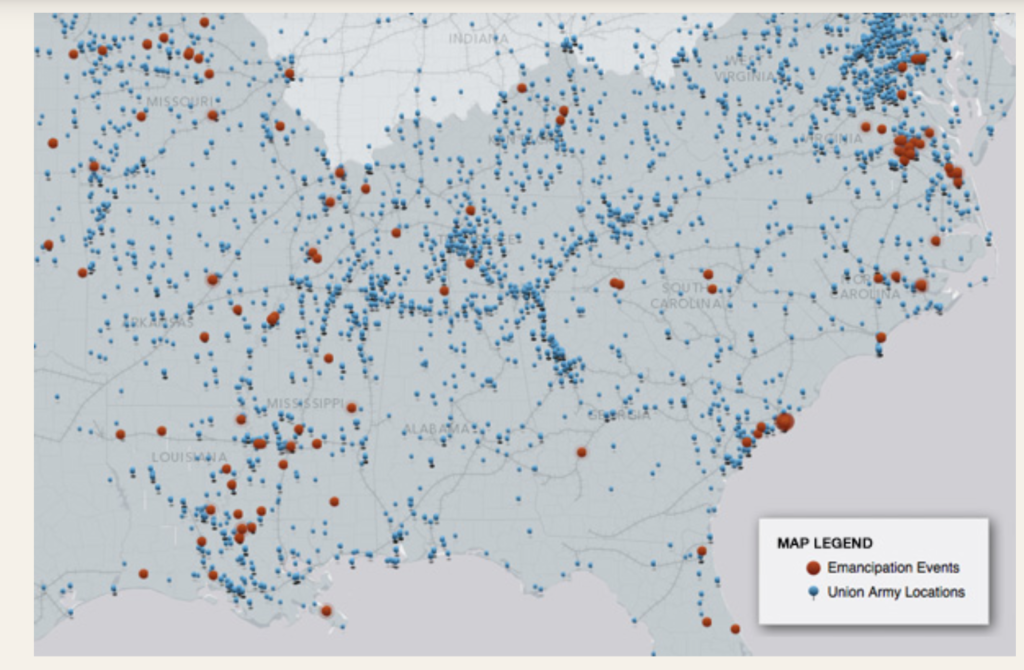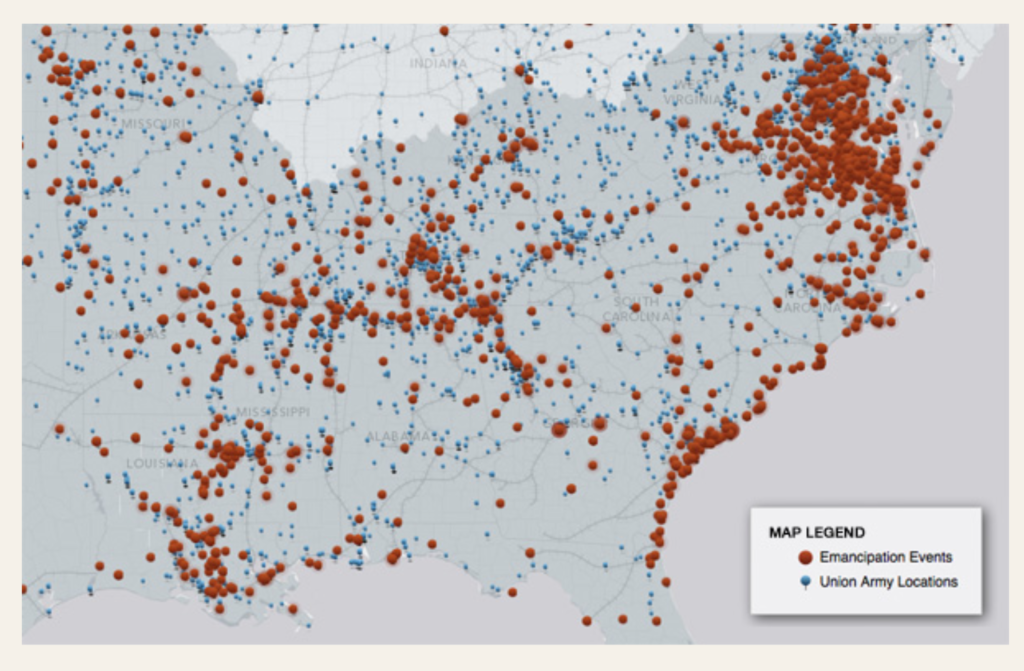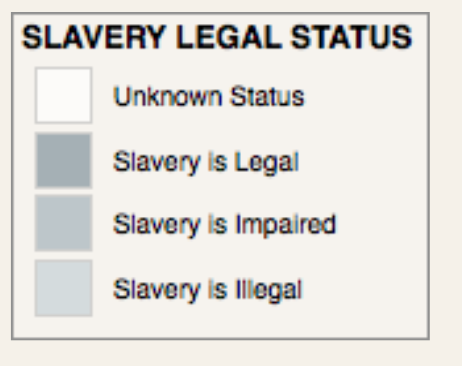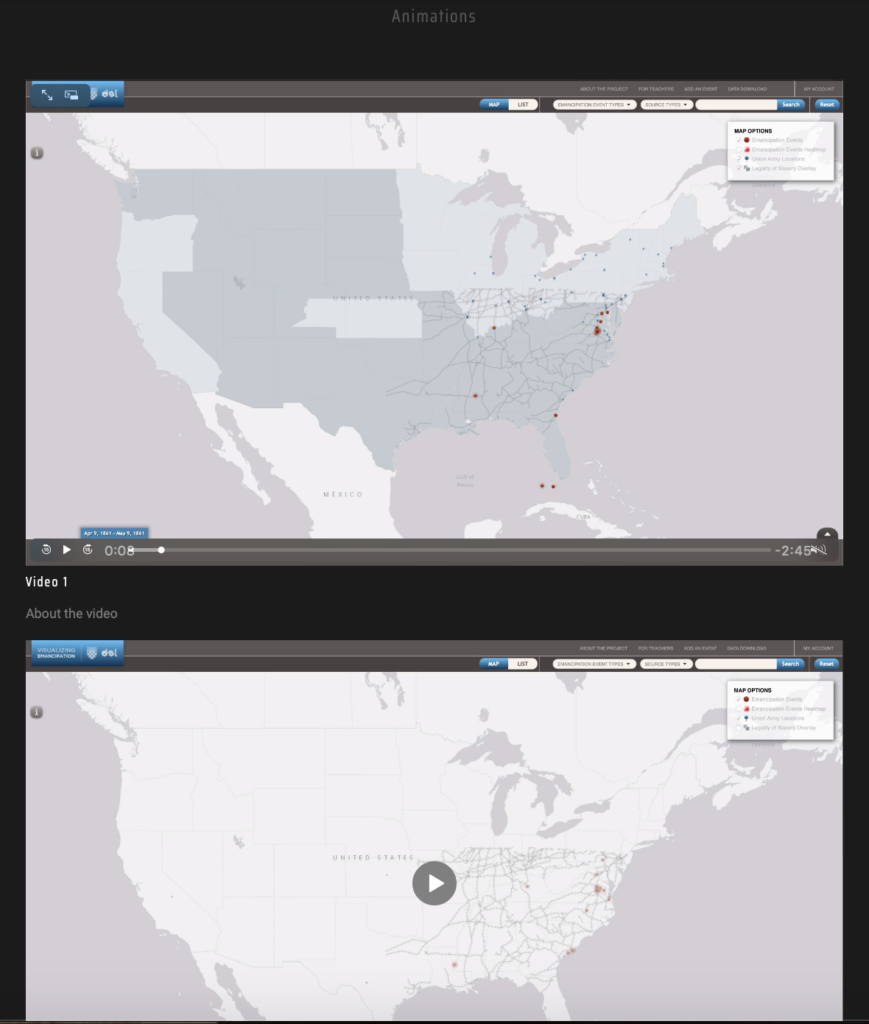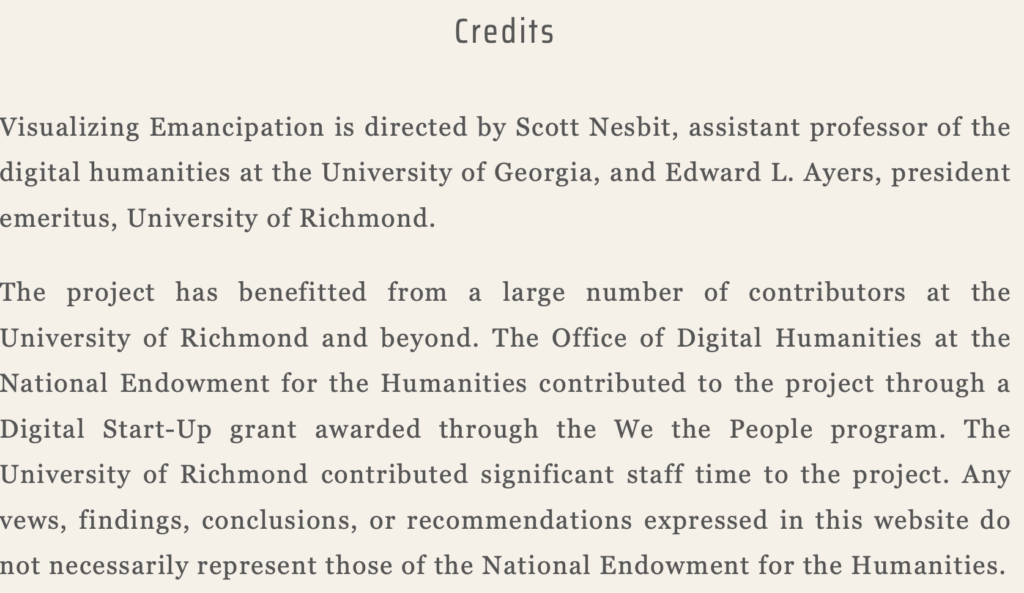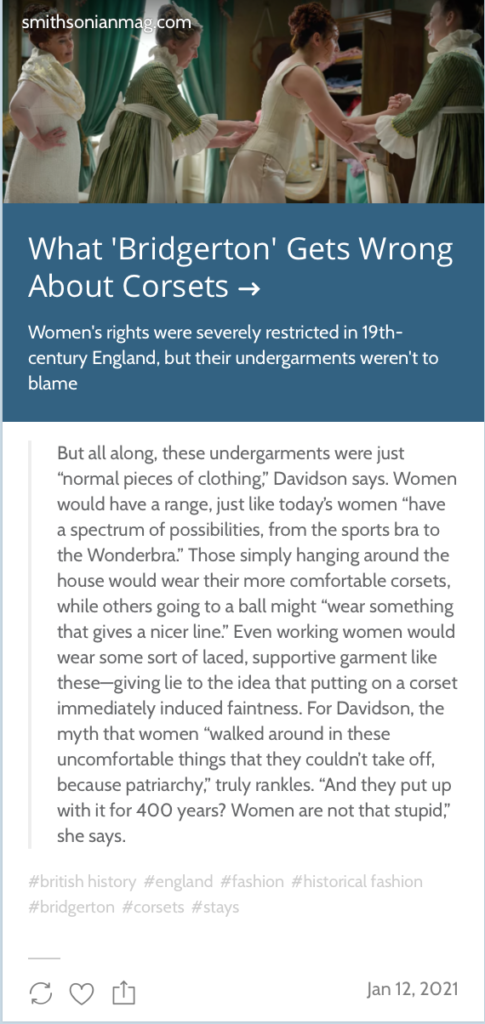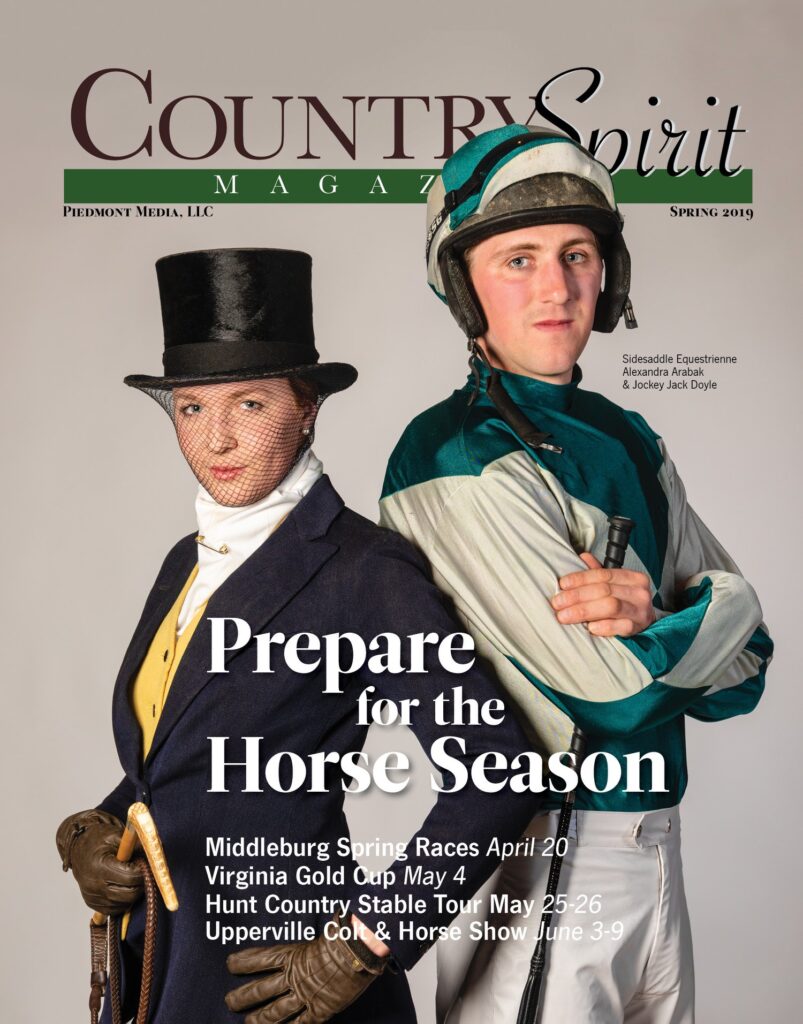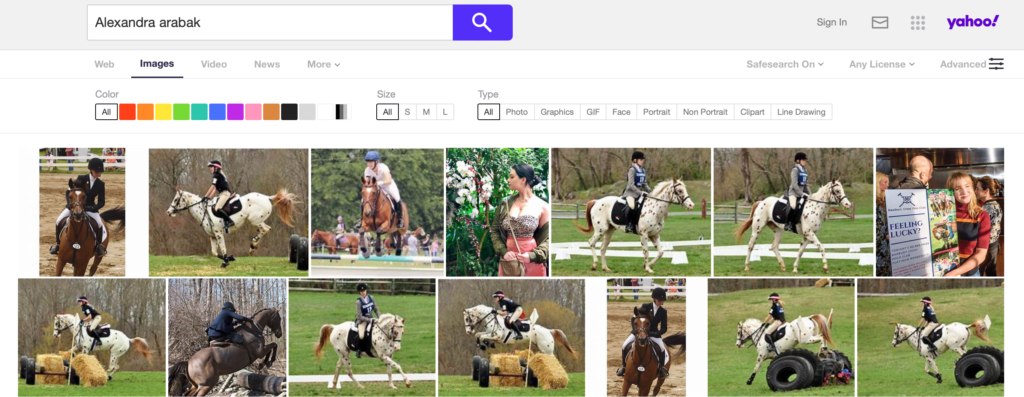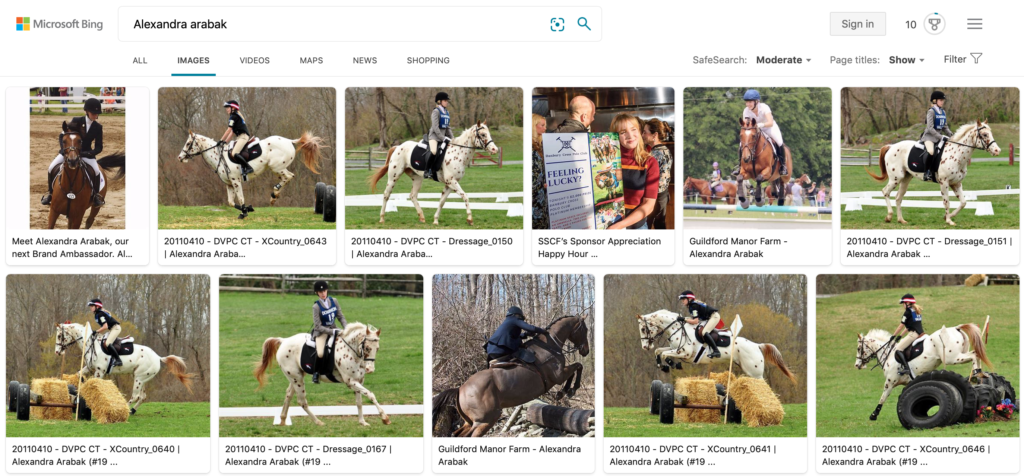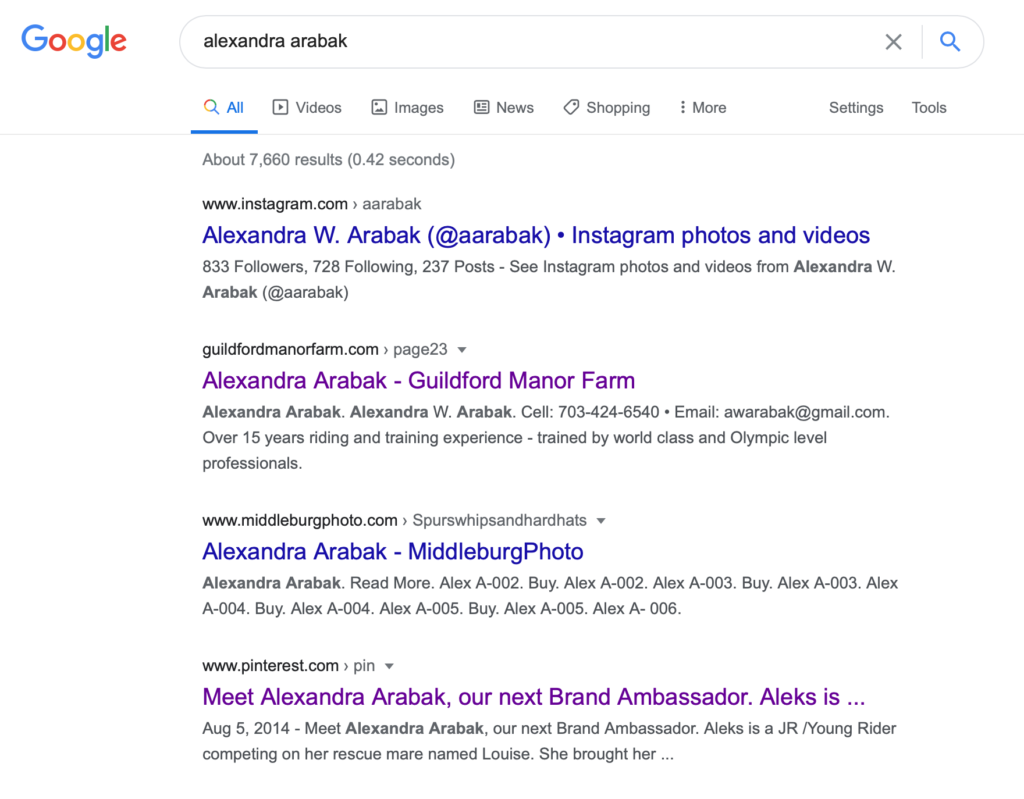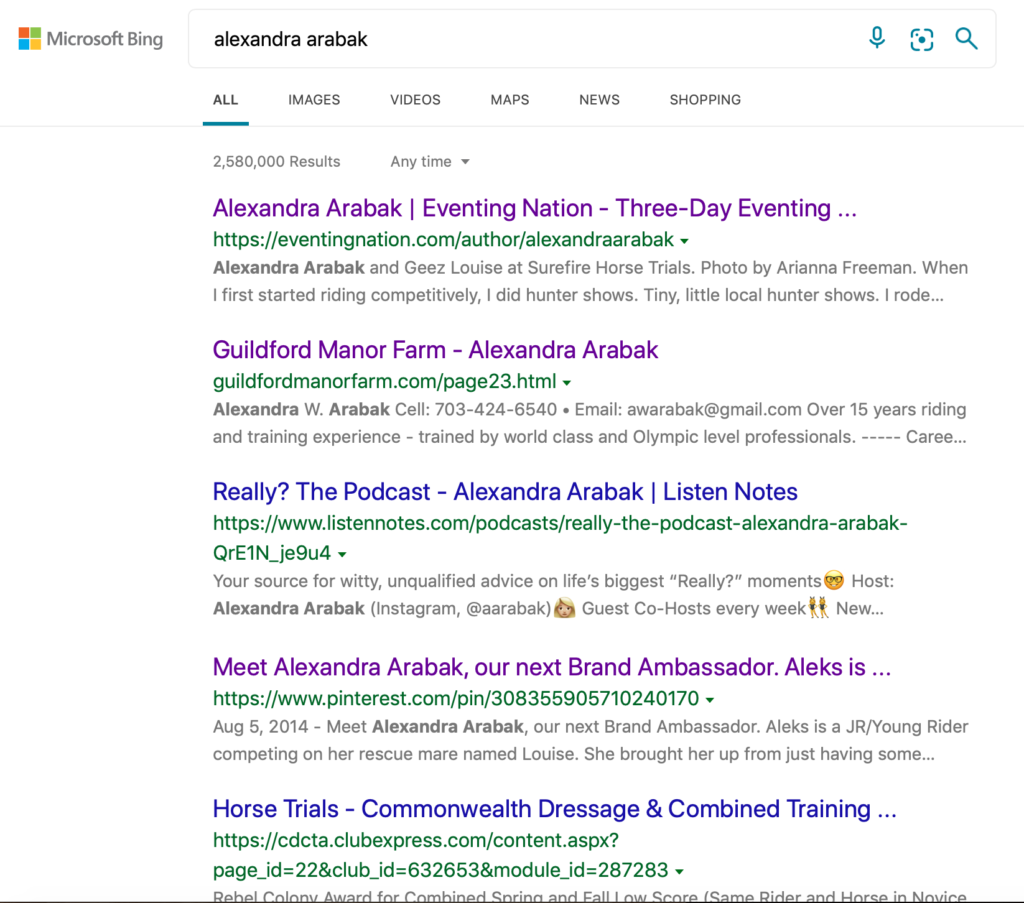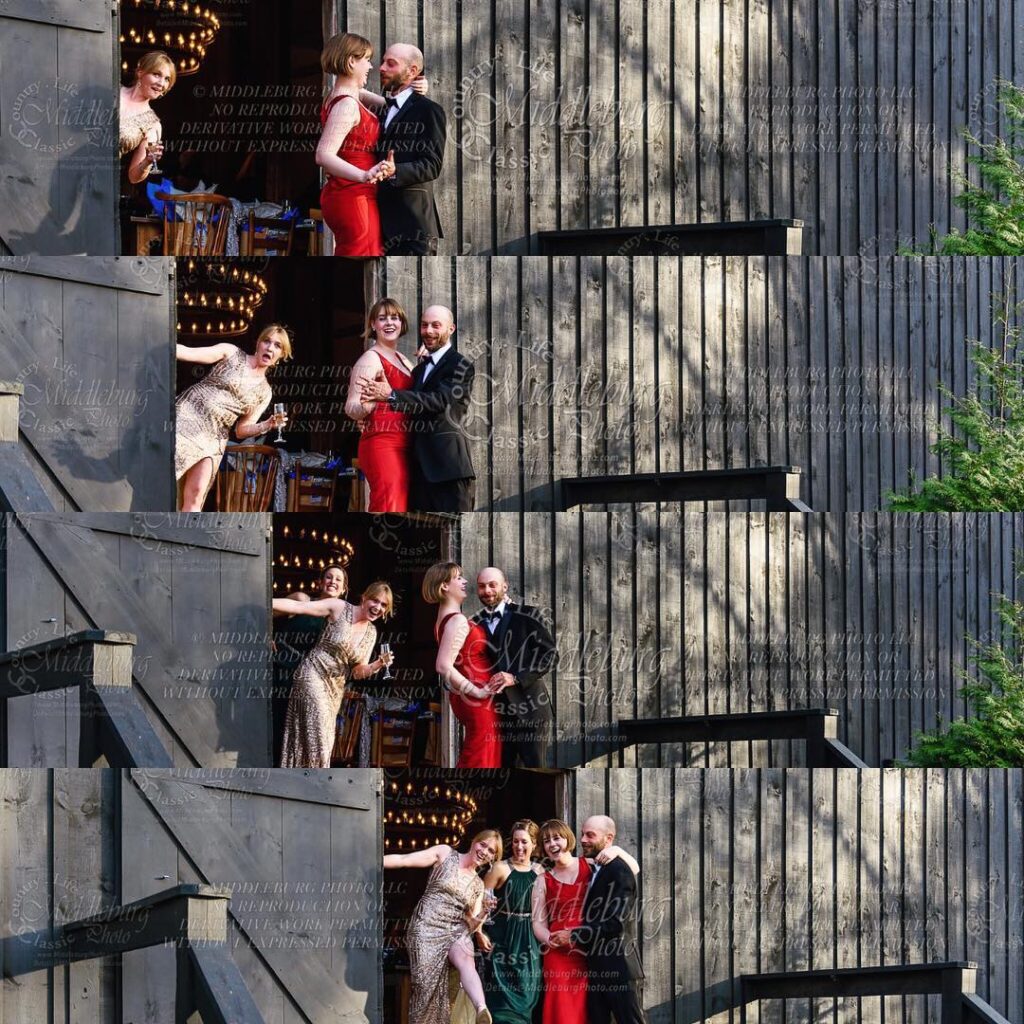Part 1: My First HTML
My First Heading
My first paragraph.
See below how I input the HTML directly in my WordPress Blog:
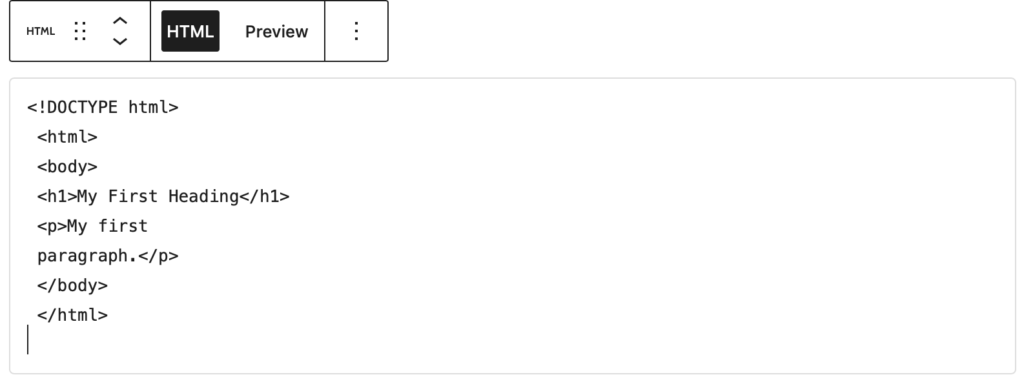
Part 2: Answering Copyright Questions
- Who owns the past? This question does not have a simple answer. The past is not owned by just one specific person, place, or thing. The past owned by many different people from many different places. The answer to this question entirely depends on what part of the past you are looking to find ownership of? The past of newspaper? That is a question you could probably narrow down . The past of modern-day America? That would arguably be owned by Native Americans, but then again, who came before them? Do we credit the past to the person with the largest influence on the modern day version of what we are considering, or do we credit the first person there is written or oral history about? Anyways, basically, this question has no simple answer. To me, the past is owned by people we may never know the names of, or the dinosaurs, or whatever higher being you choose to believe in. It belongs to everyone and no one.
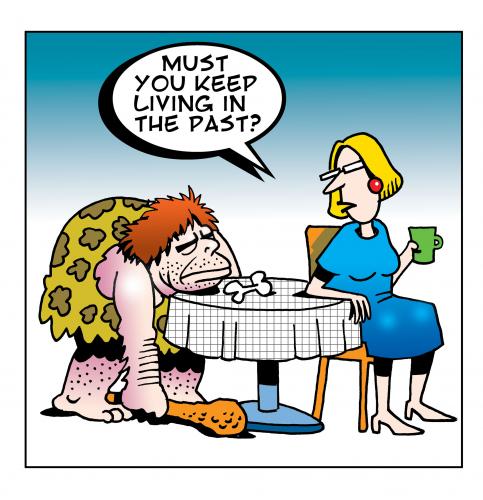
Which level of copyright/open access have you selected for your website?
For my website, I have chosen to use Attribution-NonCommercial-ShareAlike 4.0 International (CC BY-NC-SA 4.0).

What copyrights and licenses have been assigned to the sources you’ve used so far in this class? (Go back and look.)
For my primary sources, all of the sources appear to be public domain.
- A publication: no statement of rights on this source, but as defined by Gale’s Terms of Use, “For your personal, internal research and educational purposes only, provided such use does not violate the Terms, and there are no restrictions prohibiting such use,”
- A book: “public domain and are free to use and reuse.”
- A newspaper article : no statement of rights on this source, but as defined by the Understanding Copyright Page on LOC, since this source is over 95 years old (published 1897), it is under public domain.
- A clipping: “public domain under the laws of the United States.”
- An illustration: “No known restrictions on publication.”
For my secondary sources, the sources appear public domain, though I could not identify the copyright of one.
- A review: The copyright listed on this source is “Copyright © The President and Fellows of Harvard College 2017”
- A book: According to ProQuest’s statement on the source page, “your institution has unlimited access to this book”.
- A book: I could not find a copyright notice anywhere on this source as I am only looking at the information about this book, not the book itself.
What type of creative commons (or public domain) do you plan to select for your final project? Why?
While I am not sure exactly what type of creative commons I plan to use for my final project, I am thinking of using the same Creative Commons I have for my website, Attribution-NonCommercial-ShareAlike 4.0 International (CC BY-NC-SA 4.0). I like this creative commons because it requires users to give appropriate credit and indicate if they change anything, but it cannot be used commercially and if it is remixed, it must be kept under the same license as my original project. This feels as if it protects my project while still allowing people to learn from it and use it for their own work. Below is the statement regarding this license by Creative Commons.

What potential limitations will you encounter for your final project?
After learning about the different types of licenses online, one of the biggest potential limitations I feel I will encounter for my final project is finding reliable sources that will allow me to use their content on my website. Specifically in regard to images and clips from newspaper articles. A key part of my project will be an interactive timeline with primary sources about Victoria Woodhull. I will need to find images, illustrations and clippings that will allow me to use them on my website for the timeline to really take shape like I imagine for it.


